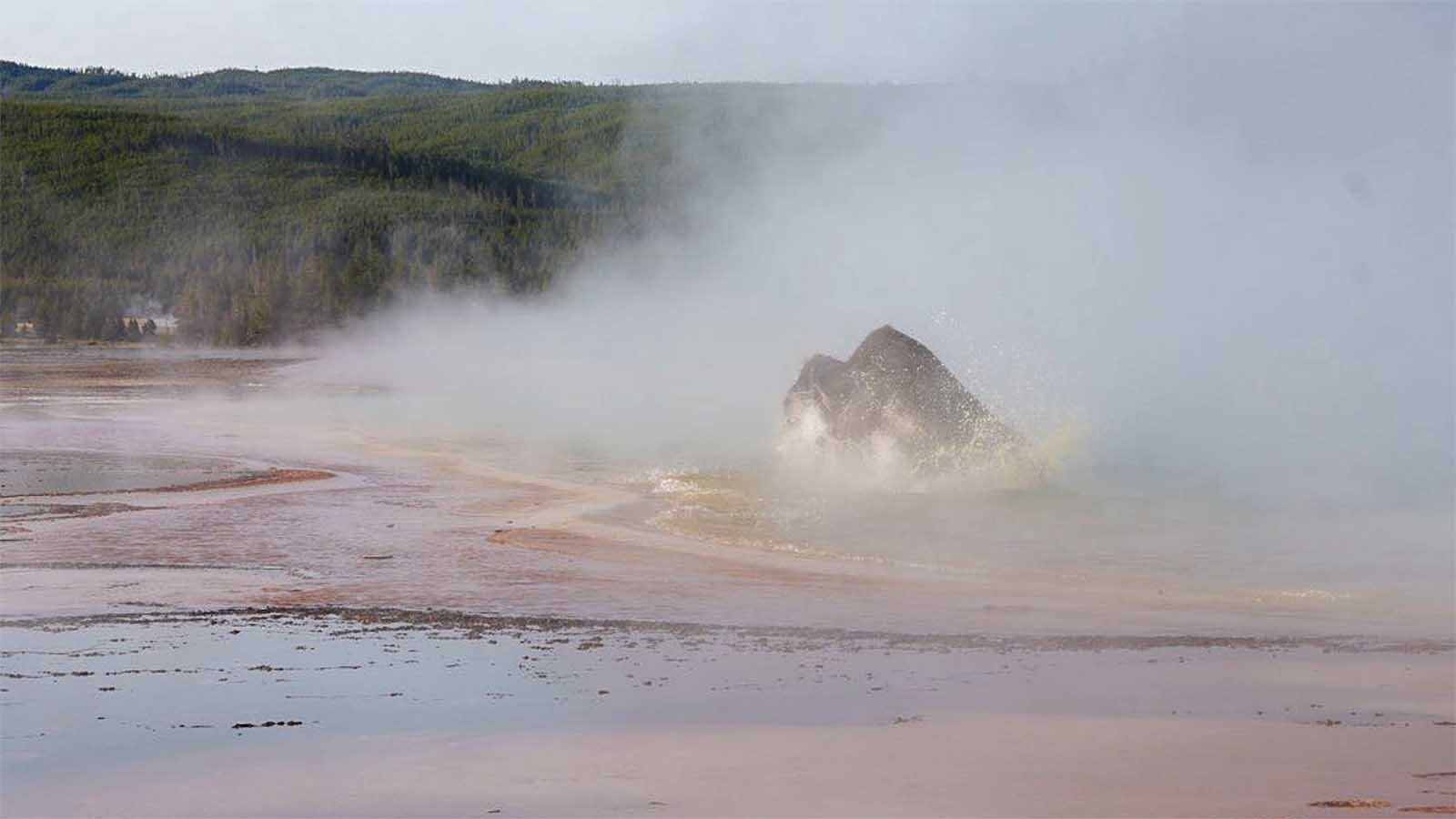Another record broken.
Yellowstone National Park this week reported a record-breaking 882,078 visitors in September – a five percent increase from September 2020 and a 27% increase from September 2019.
Park officials say this is the busiest September on record, and the first time ever that the Park has hosted over four million visits in one calendar year. So far in 2021, 4,472,982 people visited the country’s first National Park, up 32% from the same period last year, and up 17% from 2019.
The enormous number of people who came through the gates of Yellowstone this year have caused some issues, especially when compounded by the labor shortage experienced by the hospitality and service industry throughout the country.
Mike Keller, general manager for Xanterra Parks and Resorts in Yellowstone, said the company operated at about 60% of normal staffing levels this summer — and that’s even with some facilities closed or operating at limited capacity.
“From a dining standpoint, options are limited, and most restaurants, if open, are buffet only, or just grab-and-go food options,” Keller said.
And Diane Shober, Executive Director for the Wyoming Office of Tourism, told Cowboy State Daily the problems weren’t limited to the National Parks.
“The ability to handle the volume of visitors that we’ve had has been challenging this year,” she said, “predominantly because of workforce. Restaurants have had to alter their hours, retailers are altering their hours; outfitters and guides for rafting or other things, are offering things at a different capacity because of workforce.”
The labor shortage and high visitor numbers have caused some communities in other states, who also depend on tourism as their economic base, to consider backing off on the amount of money they spend to market themselves as a tourist destination.
John Norton, the Executive Director for the Tourism and Prosperity Partnership in Gunnison and Crested Butte, Colorado, told NPR this summer that their agency made the controversial decision to halt their marketing efforts.
“Well, we don’t want to throw gasoline on a fire,” he said. “Hopefully, it’s going to turn the dial down on the intensity.”
But Shober said that she feels action like that is short-sighted.
“You have to think about how over the last two years, Americans have not been able to travel outside of the country,” she explained. “We’ve not been able to go to international destinations – so the outbound travel of Americans has been limited.”
Shober said that because Wyoming is a prime destination for people who want to experience the great outdoors, the last two summers have been banner years. But that may change soon.
“Americans have been limited in their ability to go to cities, which are huge draws – Las Vegas, New York, and states like California, where there are really strict COVID restrictions. So these last two years of travel patterns should not be our indicator of 100% future travel patterns.”
Shober pointed out that the tourism industry should not make knee-jerk reactions to the overcrowding and understaffing issues that Wyomingites experienced this year.
“We need to pay attention to the travel patterns of Americans,” she said. “There will be pent up demand for Americans to travel outside of the United States. The Broadway shows in New York just opened up last month, and there will be pent up demand to go back to cities and experience these things. So the competition will be changing and it’s going to remain fierce.”
Shober noted that decisions shouldn’t be made based on just one season’s experience.
“We can’t make decisions in a silo. We must look at travel in a holistic sense.”





